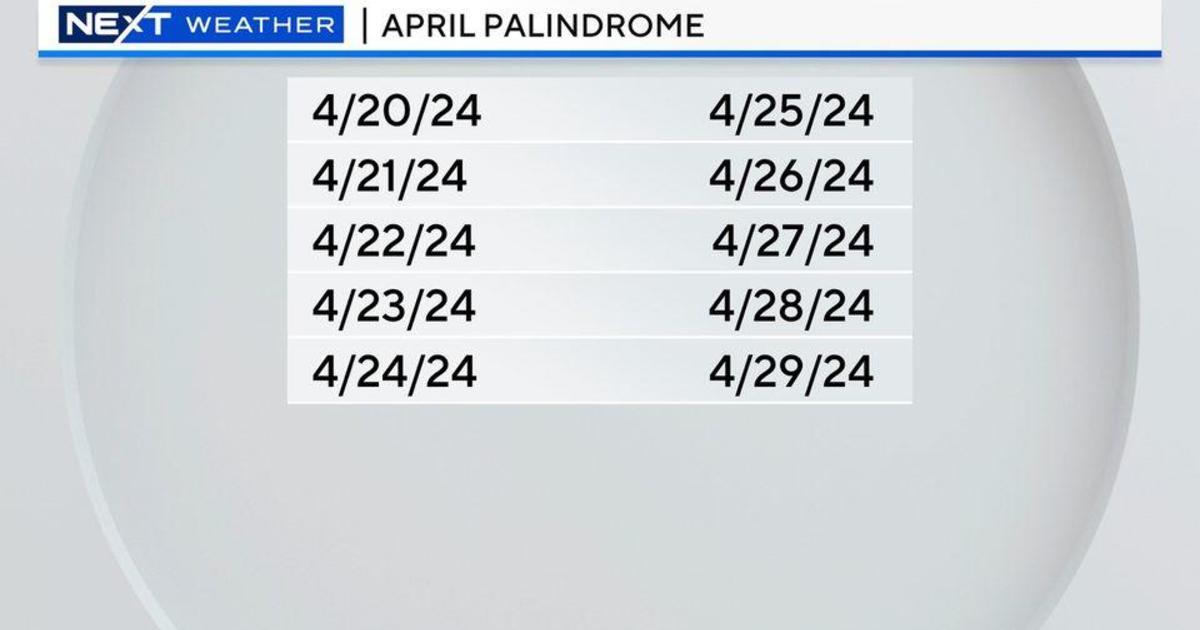Low ice coverage on the Great Lakes impacts ecosystem and economy
(CBS DETROIT) - The Great Lakes are seeing low ice coverage this winter. The National Oceanic and Atmospheric Administration said this is part of a longer-term trend of less, which can have lasting impacts.
This time of year, the Great Lakes are typically 19% ice-covered. Currently, the lakes are only seeing about 6% ice coverage, which is on the low side if you look back over the past 50 years.
"We're probably at the ninth lowest January on average for ice," said Jennifer Day, the director of communications for NOAA's Great Lakes Environmental Research Lab.
She said the lack of ice has impacts.
"We have a lot of areas that are very prone to erosion. And without that ice buffering from winter storms and large waves, it can increase erosion."
Ice cover also provides an area for whitefish to spawn under.
"It really protects them, it protects their eggs. So that's really important for the health of the ecosystem," said Day.
Less ice can also impact local economies and communities.
"When the ice fishermen want to be out there, being able to fish. Hockey, I know even here in Southeast Michigan, when it gets cold, they like playing ice hockey outdoors on the ponds, on the lakes. So I think it's an important part of our culture."
From year to year, ice coverage can vary greatly, but Day said there is a downward trend of about 5% average less ice over the past decade.
"We're seeing lower and lower ice levels over that long-term trend. And that may, in the long term, impact how we start thinking about our winters."
She said the Great Lakes typically see max ice coverage around the end of February or early March.




